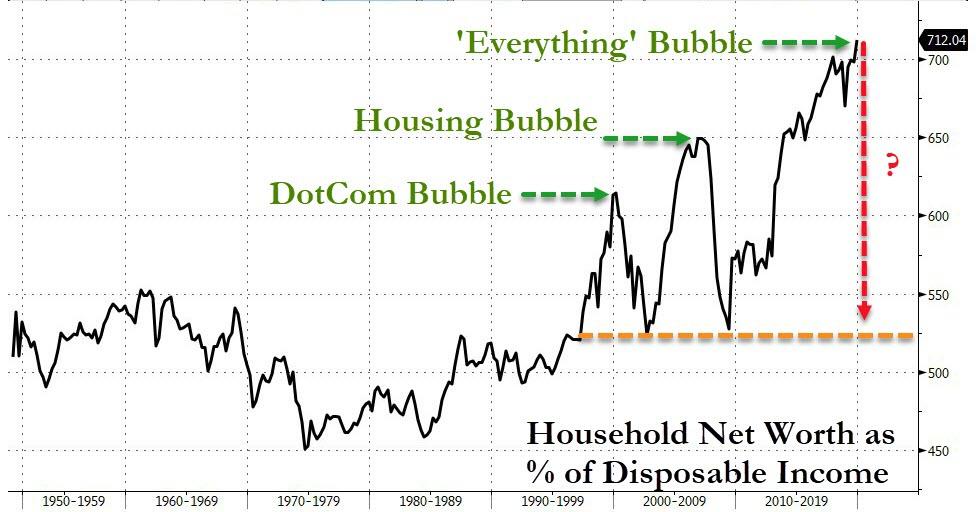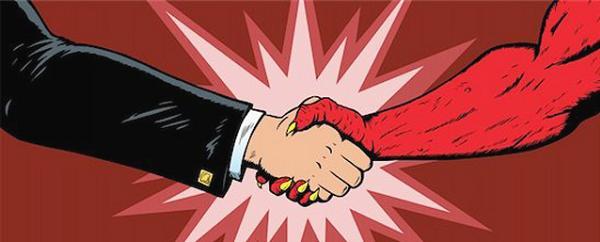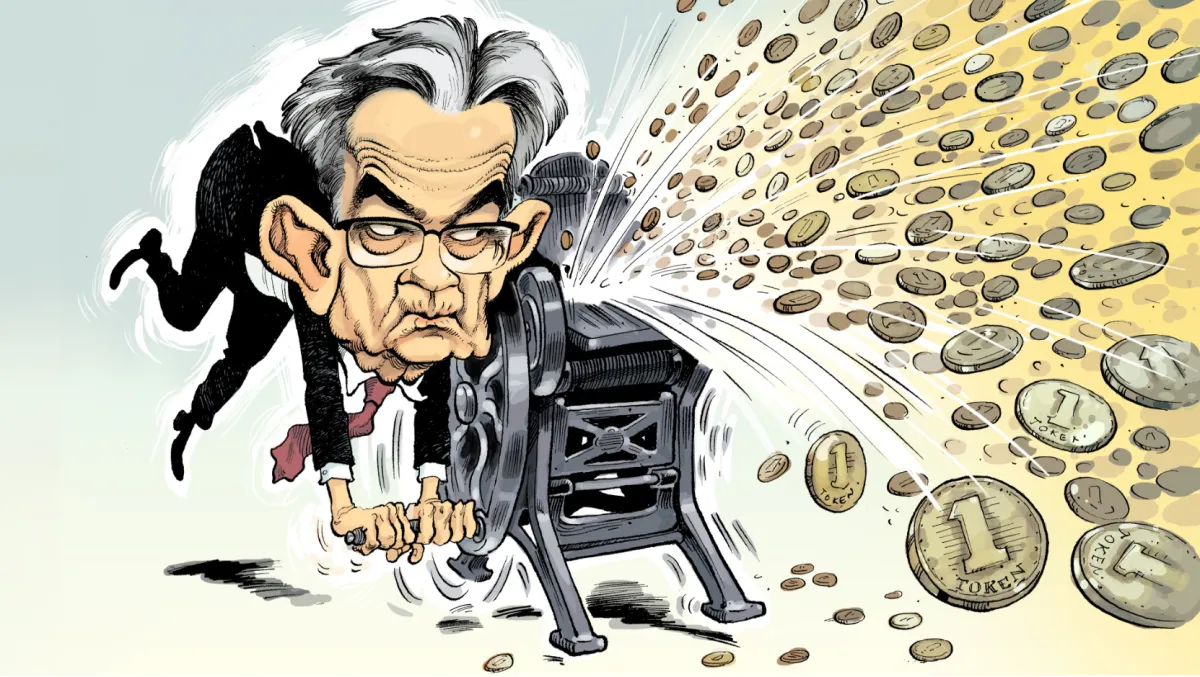"In Goethe's 1831 drama Faust, the devil persuades a bankrupt emperor to print and spend vast quantities of paper money as a short-term fix for his country's fiscal problems. As a consequence, the empire ultimately unravels and descends into chaos. Today, governments that have relied upon quantitative easing (QE) instead of undertaking necessary structural reforms have arguably entered into the grandest Faustian bargain in financial history."
- Scott Minerd "Global CIO Outlook", August 21, 2012
With the global economy slipping into recession and many economists estimating second-quarter gross domestic product (GDP) growth in the United States will fall by 15 percent or more, the world is being confronted with the worst downturn since the 1930s.
In the post-Keynesian era, the standard policy solution to a business cycle downturn has been for governments to temporarily offset any decline in demand with increased fiscal stimulus and easy money. This prescription has provided for smaller and less frequent slowdowns. The ultimate consequence is that businesses and households have been carrying larger debt loads and smaller cash reserves, confident that policymakers will restrain the severity of the consequences created by any shock to the economy.
This process of accumulating larger debt balances after each successive downturn is often referred to as the great debt super cycle. Over the past decades, the successful use of Keynesian stabilization policies has increasingly raised the confidence of investors and creditors alike that government can successfully truncate the downside of any recession.
The massive debt accumulation by U.S. households following accommodative monetary policy and easy credit led to the housing bubble. The collapse of this bubble destabilized the global financial system and could only be halted with unorthodox monetary policy and fiscal programs that led to partial or total nationalization of many financial institutions and manufacturers.

In the wake of that crisis governments themselves have become highly indebted, requiring virtually continuous support from central banks to acquire that debt to maintain low interest rates to support growth. The average ratio of government debt to GDP for G-7 economies reached 117 percent in 2019, up from 81 percent in 2007. Any attempt to taper or reverse the accumulation of government debt or other assets is quickly reversed as financial markets become unruly and economies slow.
Now faced with the exogenous shock of the COVID-19 pandemic, policymakers are returning to the same tools employed in the financial crisis a decade ago. They are desperately searching for programs that will fill the demand gap created by massive shutdowns and travel restrictions while simultaneously finding ways to prop up businesses that to a large degree are overly indebted as a result of artificially low interest rates from the past decade.
The ultimate policy goal is to stabilize the economy by salvaging industries that will need to provide employment when the pandemic ends. Given the high level of leverage in these companies, any gaps in cashflow will make it impossible for many companies to service their debt. The total debt of U.S. nonfinancial businesses has grown by about $6 trillion since 2007, while cash on hand has only grown by $1.7 trillion. A big driver of that debt growth has been buying back stock.
Lending these companies more money will only compound the long run problem resulting from over-leverage and make the companies even more vulnerable to failure in the long run.

We are experiencing the end game of the great debt super cycle. As the private sector has become increasingly over-levered, the baton is being passed to the public sector where resources are so strained that the printing press has become the last resort. At 4.6 percent of GDP, the U.S. federal budget deficit in FY 2019 was larger than anything we've seen outside of a recession or war.
The truth is that the only policy solution short of socialism is to accomplish a great transfer of wealth from investors to debtors. In the normal course, companies reorganize and creditors haircut debts on a case by case basis. This process, however, is time consuming and expensive. Given the systemic nature of the current crisis, the sheer volume of reorganizations would swamp the financial and legal systems and large defaults would be followed by asset liquidations that would depress the value of collateral backing other loans and likely set off a downward spiral.
Another answer is negative interest rates, where creditors accept a slow erosion of value. The hurdle to successfully implement this solution expeditiously seems completely unrealistic. To reach levels of negative interest rates that would effect a solution would require a rapid shift to a cashless global society and an overhaul of regulation around pension funds and the insurance industry, not to mention the logistical challenges of immediately implementing the systems throughout the financial industry.
Of course, there remains a tried and true method to achieve this policy: debasement. The process of inflating prices would result in shifting wealth from investors to creditors. Many believe inflation is dead and such a policy would not work. The question of how to succeed in raising the price level is more a degree of commitment than ability.
By quickly turning up the printing presses, global central banks would need to provide reserves at a faster rate than the collapse in the velocity of money. This is a delicate exercise and one that would be difficult to execute successfully.
The risks on both sides is not moving quickly enough and overdoing it. If there is too little money made available, the prices of assets used as collateral backing loans will spiral downward. If there is too much, inflation will spiral out of control.
Almost eight years ago I wrote of the Faustian bargain in which policy makers had engaged to solve the financial crisis. The awful consequence of these policies is that the bill may now be coming due.

Commenti
Posta un commento